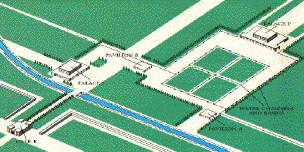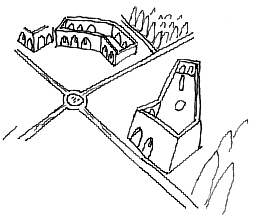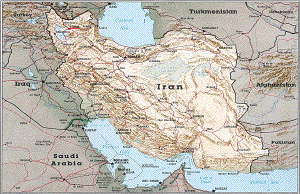
Persian Gardens

Persia is located in west and south-west Asia. At the height of
the empire it
stretched from Egypt to India. It was conquered by Alexander the Great between
334-331 B.C. Persia was the official name of Iran until 1935. The dry arid climate
of Persia had enormous impact on the designs of their garden paradises.
The Powerful Element of Water
´Self reflection
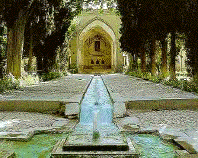
´Meditation
´Sacredness
´Tranquility
Water was an important metaphor for looking into oneÝs soul.
As the calm waters reflected oneÝs image, so too was the garden a place of spiritual
reflection.
Water was also a sign of wealth. Wealthy people would incorporate narrow courtyards
to create zones of artificial shade from which relatively cooler air could be drawn
into the structure. These courtyards sometimes would have fountains to provide humidity
which would aid evaporative cooling. Fountains also provide background sound which
can be a focus for meditation purposes.

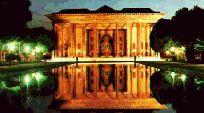
The Fourfold Pattern
One of the most prominent forms in a Persian Garden is perhaps
its fourfold. Here paradise lays in the midst of square after square being divided
into smaller squares by channels of water. Water is carried north, south, east and
west. Larger paradises give way to smaller paradises.
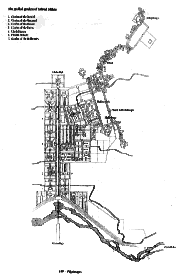

The Taj Majal
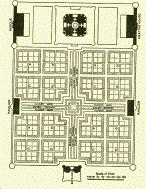
The Arab Influence in Spain
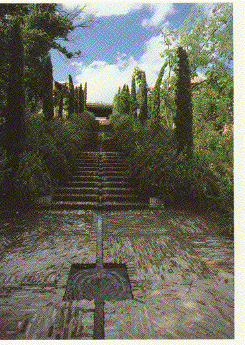
In 711 A.D. the Syrian Arabs invaded Spain.
They continued to rule Granada when the northern provinces were lost to them. They
maintained control of southern Spain until 1492.
The nomads from the desert soon fell in love with the less harsh climate of Spain.
The Arabs brought with them their respect for Persian gardens.
The Spanish inherited many aspects of the Persian gardens including the concern for
the conservation of water. They too enjoyed the cool environment surrounding a quite
pool of water. The Spanish were able to create the same conjured songs of running
water.
The Court of Lions
The Moorish Palace of Alhambra in Granada, Spain
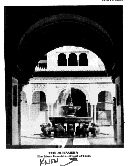
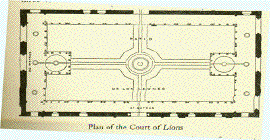
In Granada the Arab influence is unchanged. The construction of
the Alhambra Palace began in 1377. The original garden had orange trees supporting
the corners that were separating by four small canals that ran from the central fountain.

Pavilions
Pavilions were also an integral part of the
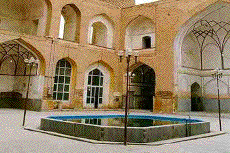
Persian garden. It would be rare to find a garden with out at least a few of them surrounding the lush foliage and running water. Designed in the unique Persian architectural style with large arched entryways, these pavilions were often open to the air, and always were near to or surrounded a main waterway of the garden.
